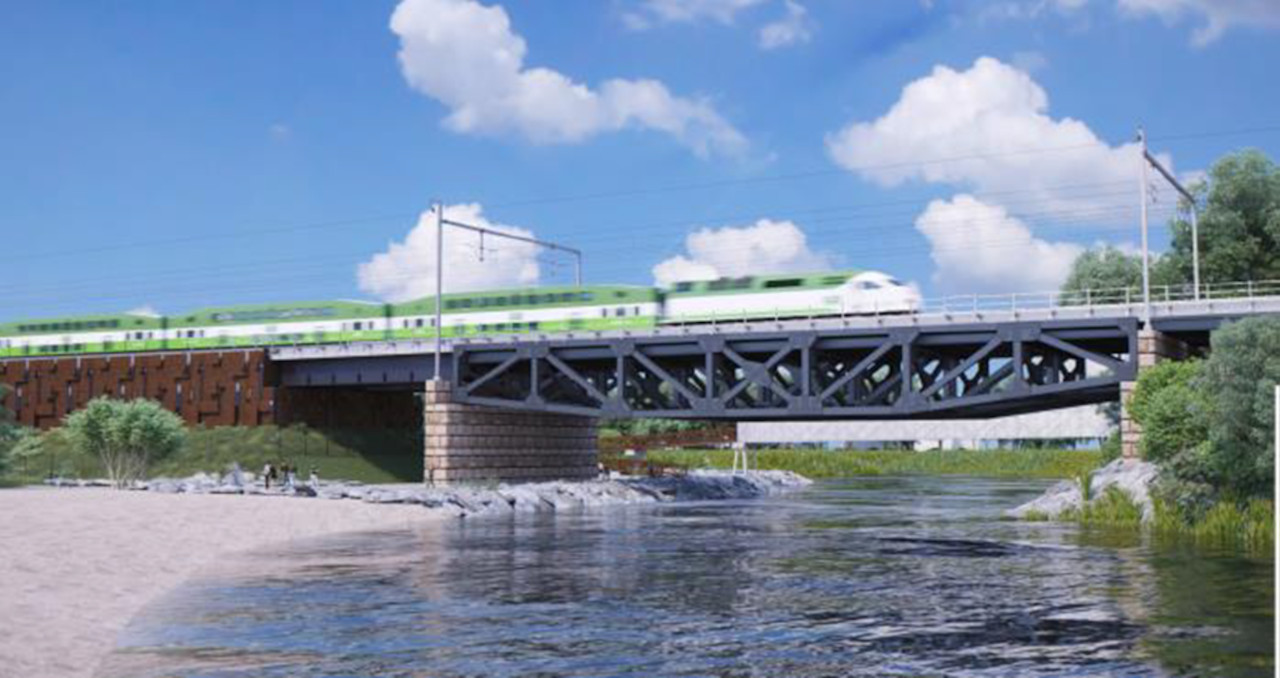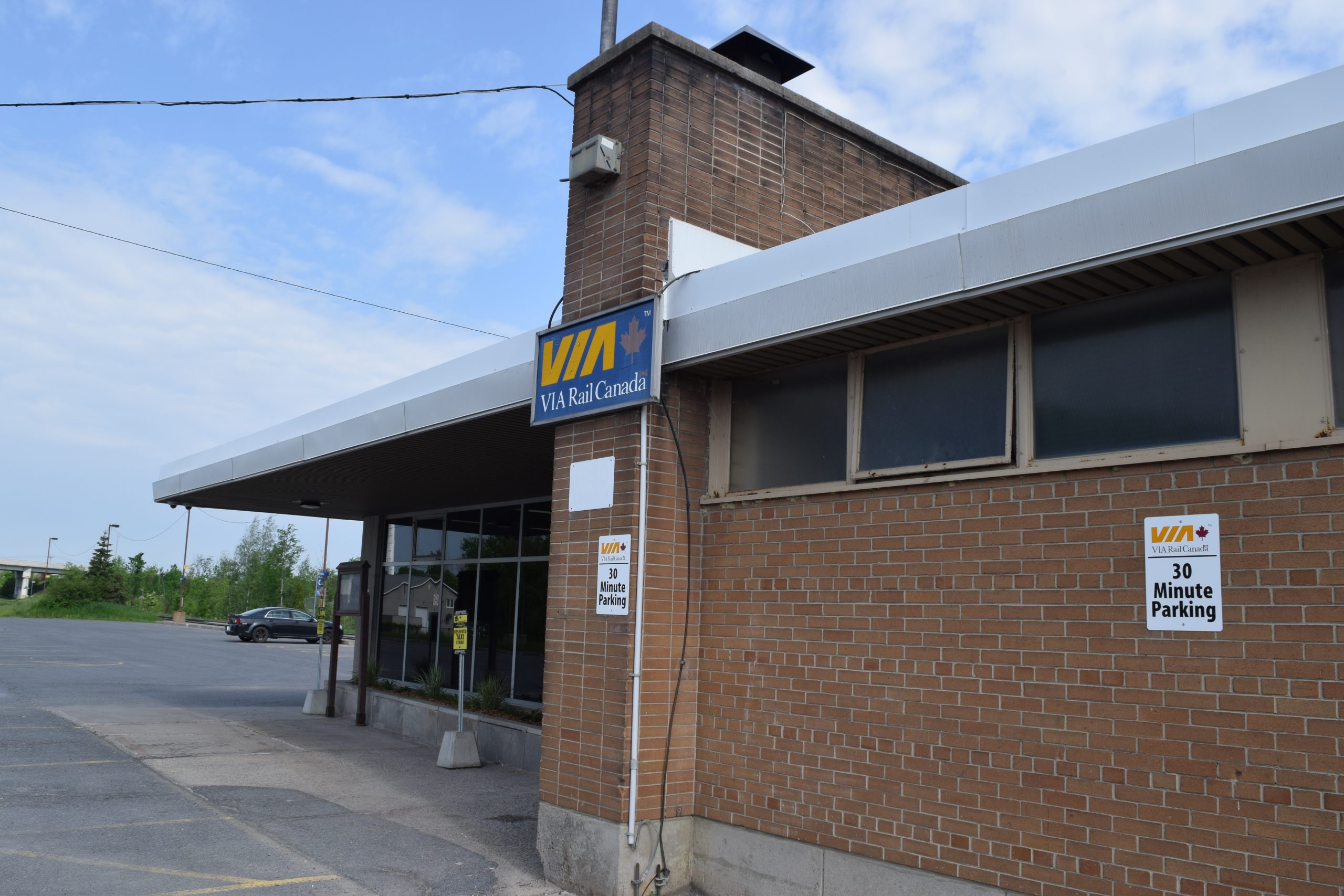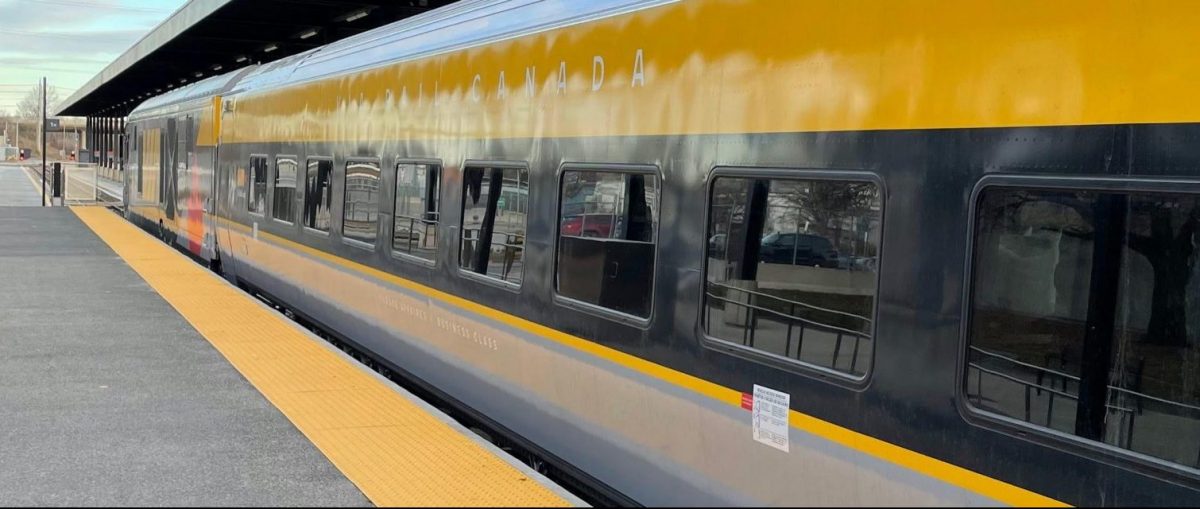innsertnamehere
Superstar
I'm not sure I understand all this "privatization" mantra - it's a standard P3 design-build-operate contract. It's not like the Liberals are selling off VIA rail or something, just contracting out operations.
Interesting article about the upcoming privatisation of VIA Rail with HFR (in French).

Train à grande fréquence | Le privé dans le siège du conducteur
C’est le privé qui sera aux commandes du futur train à grande fréquence (TGF) et qui décidera du prix à payer pour monter à bord ainsi que des horaires. Ce projet milliardaire risque également d’engendrer des bouleversements chez les employés de VIA Rail au cours de la prochaine décennie.www.lapresse.ca
This is almost a non-issue. Certainly not a reason to avoid electrification.Where is all the power going to come from with coal plants being close, building gas plants and wind power along adding power for more people to live, work, play, shop???
If the private company is to set fares and timetables, it is different than many infrastructure projects.I don't see how this is different from any other major Canadian infrastructure projects in the past decade.
If the private company is to set fares and timetables, it is different than many infrastructure projects.

How dare you bring logic into this! Private bad, public good. Ignore the fact that VIA Rail isn't a rail building corporation and is only setup to operate train service in Canada and has zero experience or the proper facilities to do any of the HFR work...I'm not sure I understand all this "privatization" mantra - it's a standard P3 design-build-operate contract. It's not like the Liberals are selling off VIA rail or something, just contracting out operations.
My understanding is that Via is providing the fleet and will own the infrastructure. I might be wrong thoughThe only difference from the Ottawa LRT and GO Expansion projects I see is that the contractor "s’occupera de la perception des revenus" but it is not clear if the company will own the project after providing partial financing as in the 407 or if it will just be assigned an integrated management contract. However, I'm still worried that the government won't oversee the contractor closely enough to prevent a repeat of the Ottawa LRT fiasco. I've linked an article about the similar contracting of the GO Expansion project below. It seems that the biggest issue with this shift to this model is the potential loss of union jobs as operations are contracted out along with the other standard issues with outsourcing. Would be interesting to read into what happened when GO and AMT outsourced their operations.

Metrolinx and Infrastructure Ontario Progress to the Next Step for the GO Expansion Program | UrbanToronto
Metrolinx and Infrastructure Ontario (IO) have identified potential partners to design and build the infrastructure and then operate and maintain GO Transit trains for 25 years as part of its GO Expansion Program. Potential operations partners are Germany's Deutsche Bahn or France's SNCF.urbantoronto.ca
It seems that the biggest issue with this shift to this model is the potential loss of union jobs as operations are contracted out along with the other standard issues with outsourcing. Would be interesting to read into what happened when GO and AMT outsourced their operations.
If they are concerned, the unions should ensure a successorship right clause in the next contract round. They only had since the HFT concept started being bounced around to do so.potential loss of union jobs as operations are contracted out

 www.cornwallseawaynews.com
www.cornwallseawaynews.com

 www.transportaction.ca
www.transportaction.ca
So they could have a private company build it and then lease it back from them? In a way of track fees or some other agreement?While GO contracted out their operations staffing (after having assumed a workforce from CN and CP) the GO workforce remains unionised. Given Canadian labour laws and politics, I cannot imagine a P3 arrangement leading to a non-union shop running VIA. However, P3 might well "upset the apple cart" by allowing an organizing drive by a different union. That might or might not be a good thing, depending on how the new union organization performs compared to the status quo..... and that's really only material from the viewpoint of the workers themselves.
However, the proponents to this particular P3 might or might not come from a union-friendly background, so labour relations might take a turn for the better or worse, and that might become a matter of public concern..
In all of this the public is mostly a spectator. The transition might be invisible (as it mostly has been at GO) or it might create turmoil that serves the public far worse than maintaining status quo. Personally, I don't think the potential for change is something to be afraid of.
The bigger issues relate to the transparency of the P3 relationship and the line of sight to things that ought to be a matter of public accountability. There is little in the Ontario experience with P3, be it with ML, 407, or otherwise, that recommends it. The P3 mostly insulates government officials and politicians from being accountable for decisions, and allows them to deflect inquiries and challenges. The Metrolinx experiences with P3 ie Crosstown and Oncorr do not demonstrate responsiveness to the public or direct, pragmatic decisionmaking. At GO, there are very obvious disconnects between the maintenance forces (who are managed by different contractors than the running trades contractor), on-train operations, existing construction projects (different contractors again), and dispatching. One hears too many left-hand, right-hand stories to be impressed with ML's current situation.
Considering that neither VIA nor Transport Canada have the expertise or project management infrastructure for this kind of a project, some form of contracted arrangement to create HFR is inevitable. It may be that contracting the entire design-build-operate-maintain domain might achieve a better overall cost structure, but I have nothing but praise for VIA as a direct employer and operator/maintainer of today's passenger operation, and I would have to see some real benefits before arguing that VIA should not continue to employ its own workforce to operate and maintain the system. I would argue that the design construction and commissioning should be a contract, but a turnkey back to VIA is desirable. PS: VIA does contract out the maintenance of its existing lines, and those contract relationships appear to be effective. If it ain't broke......
- Paul




